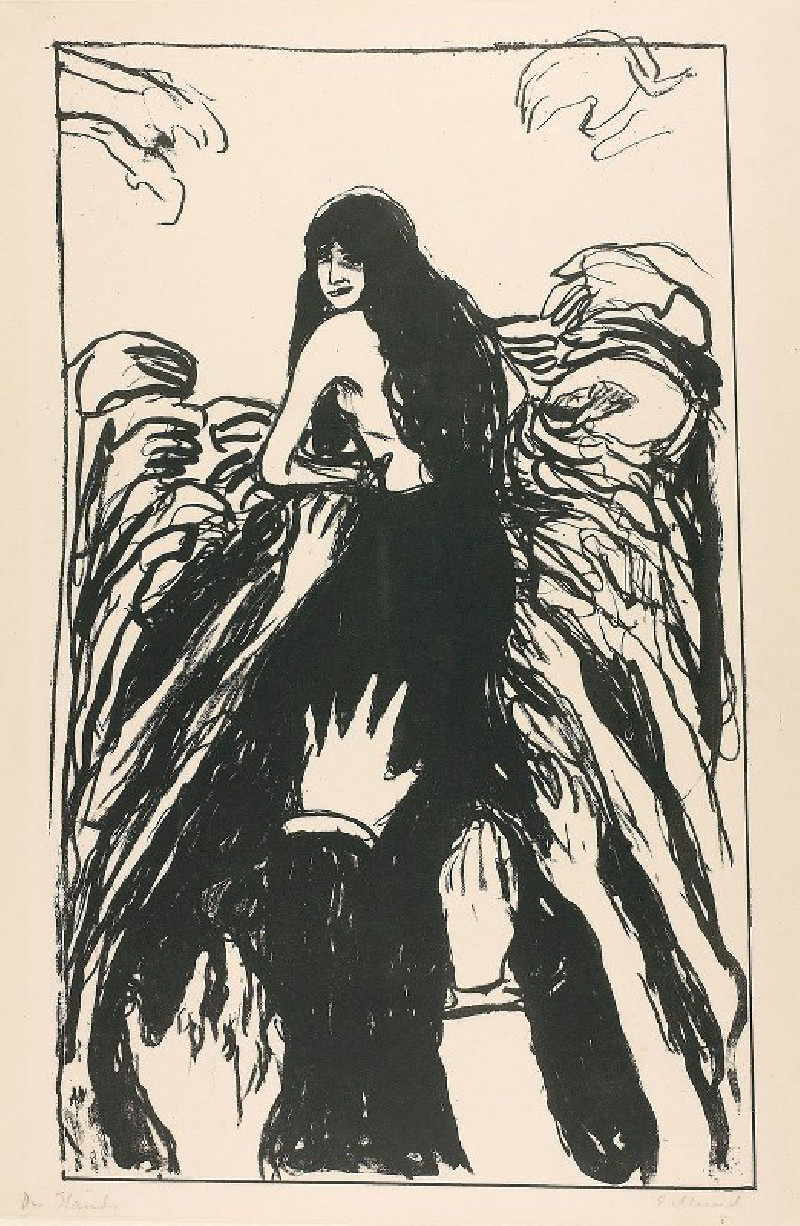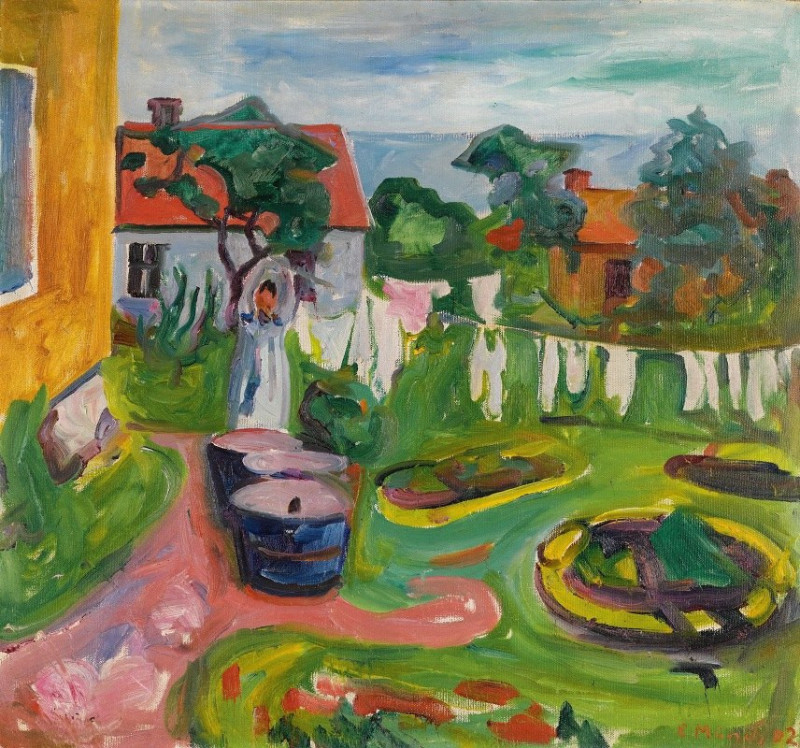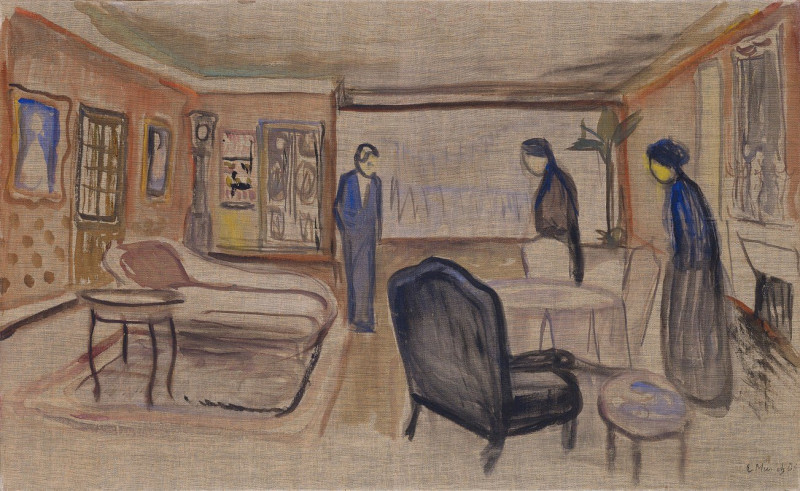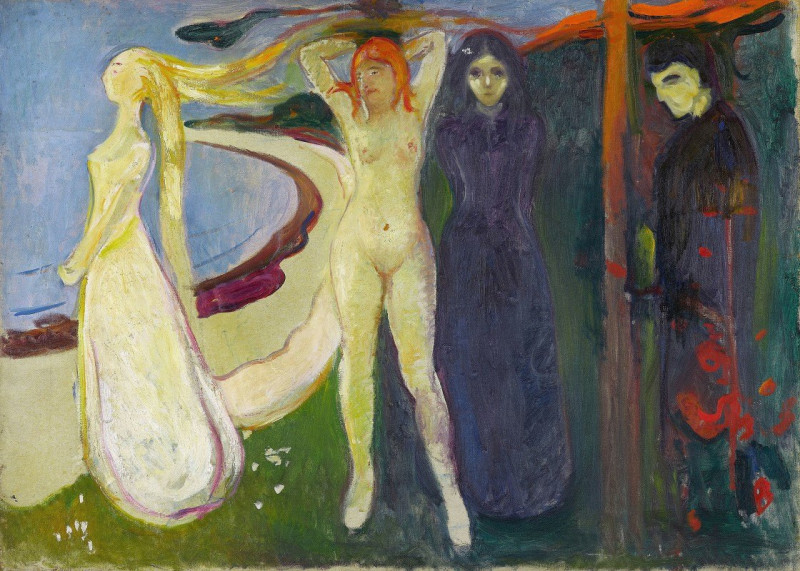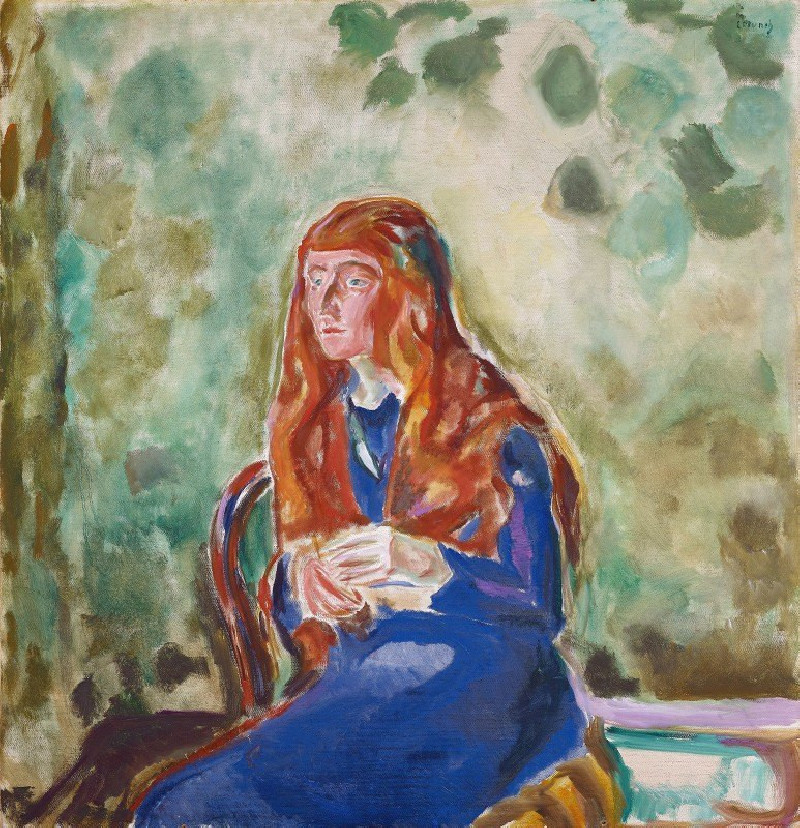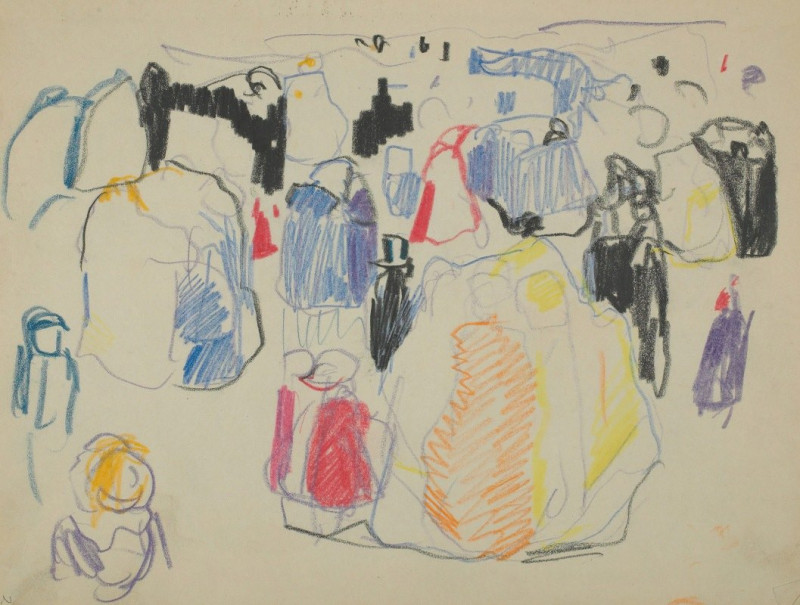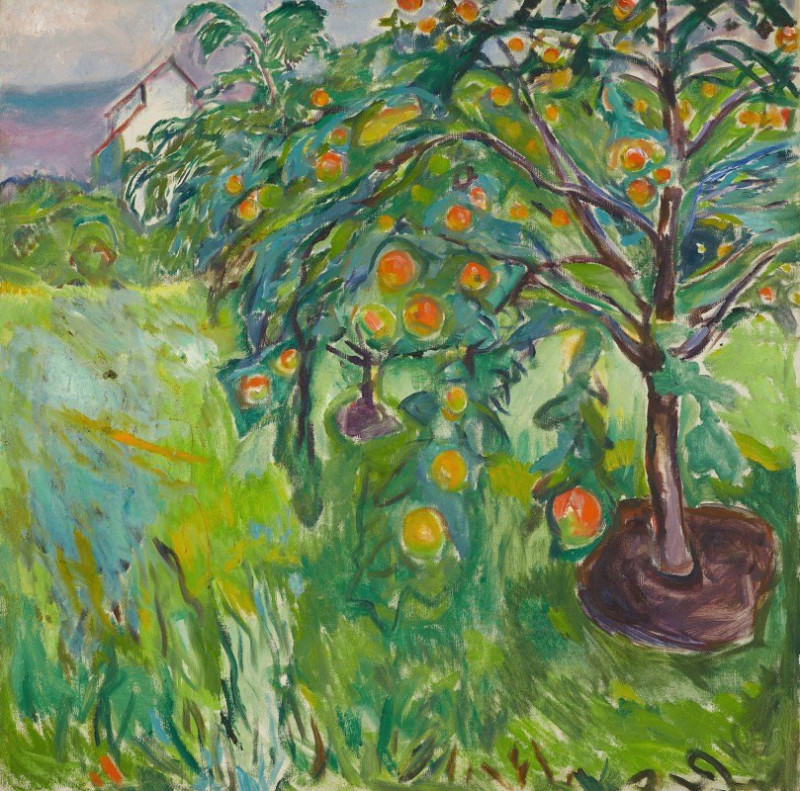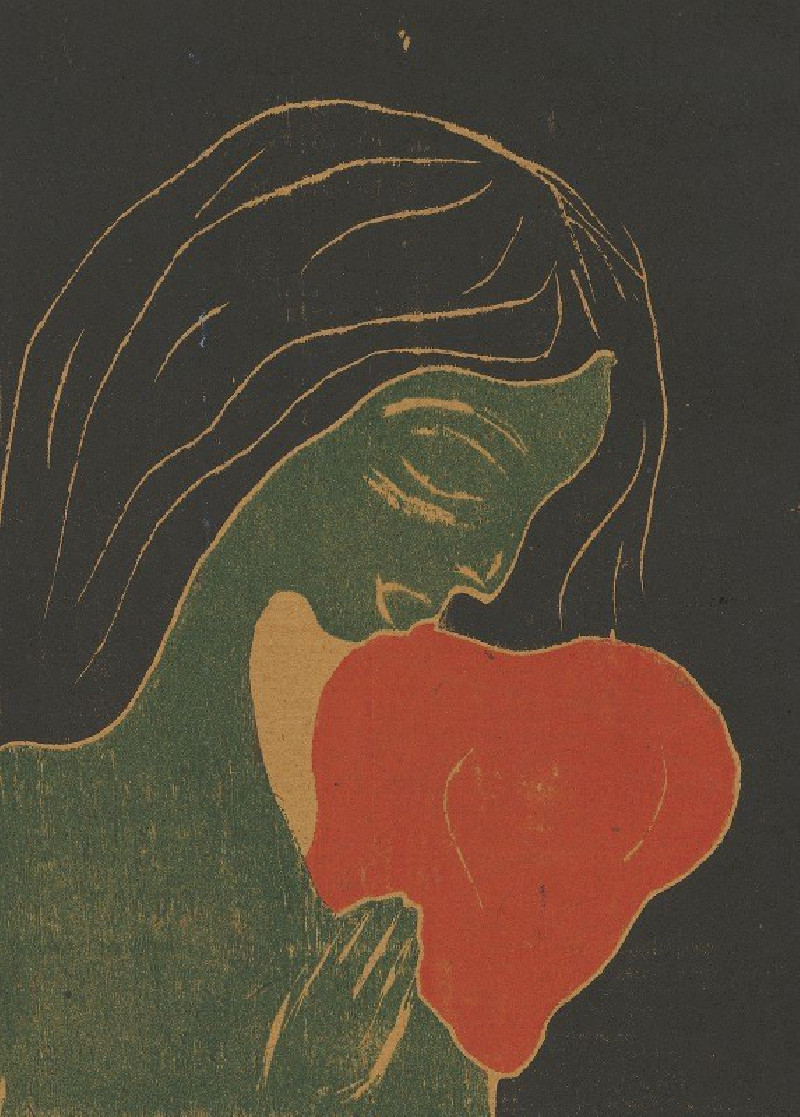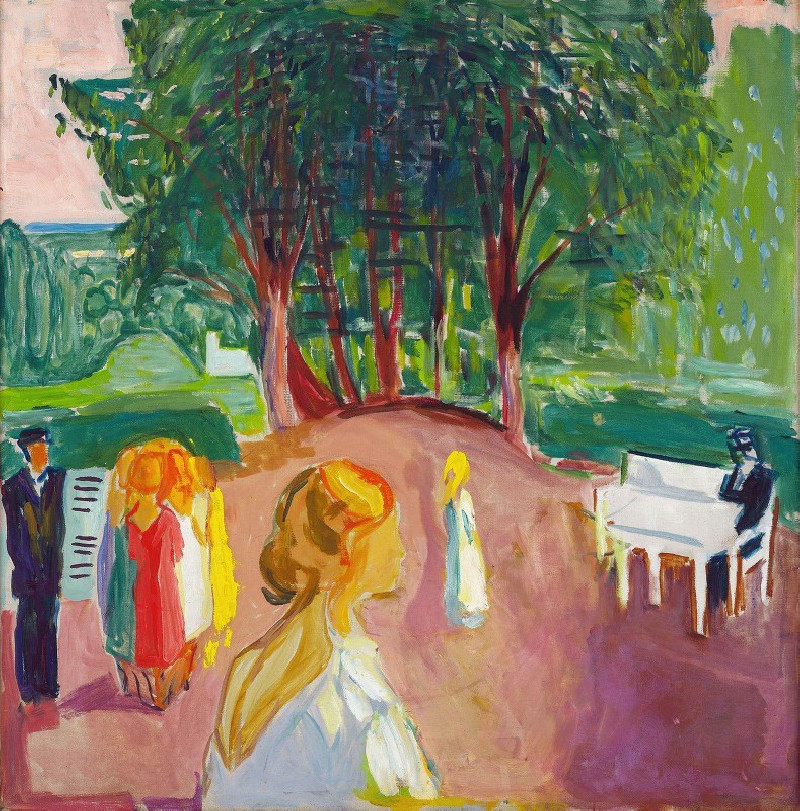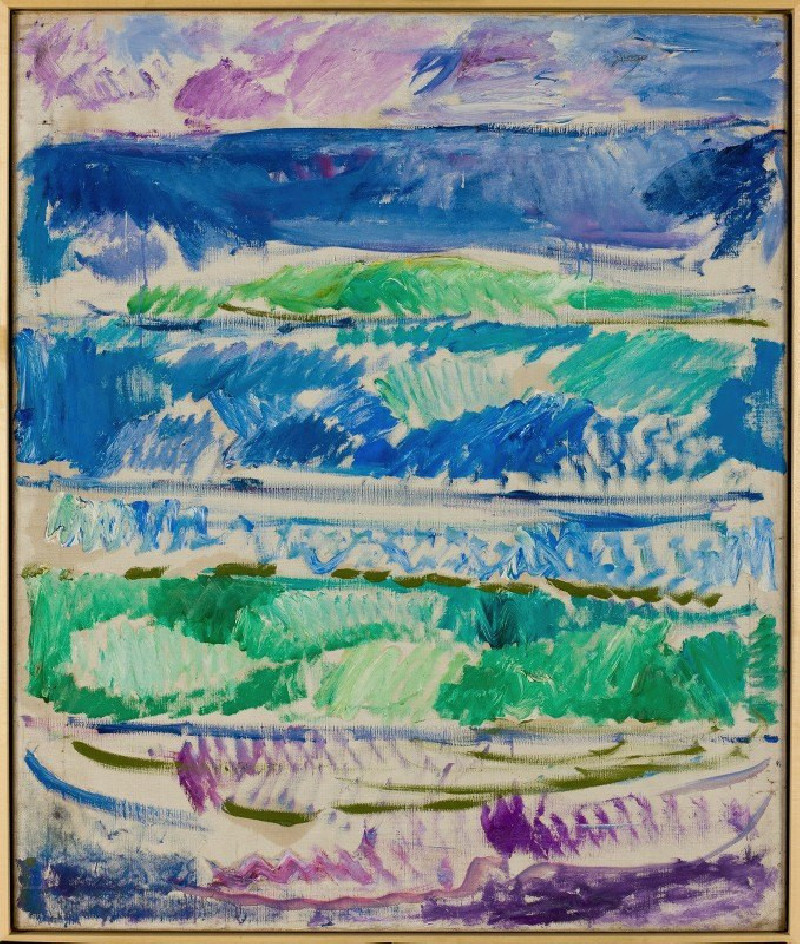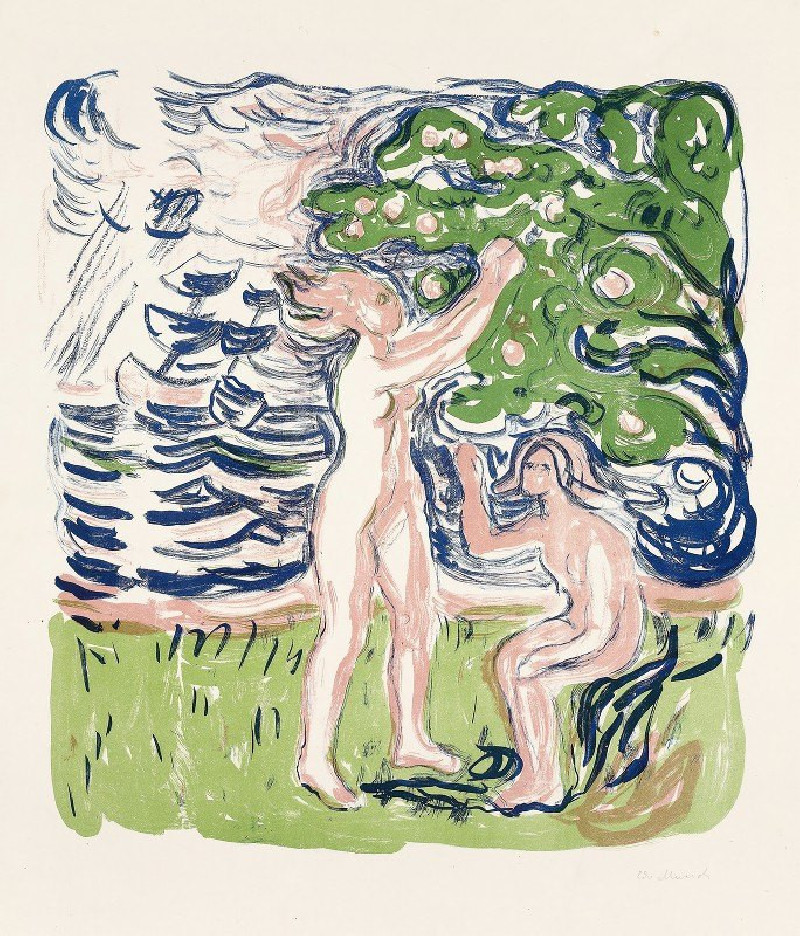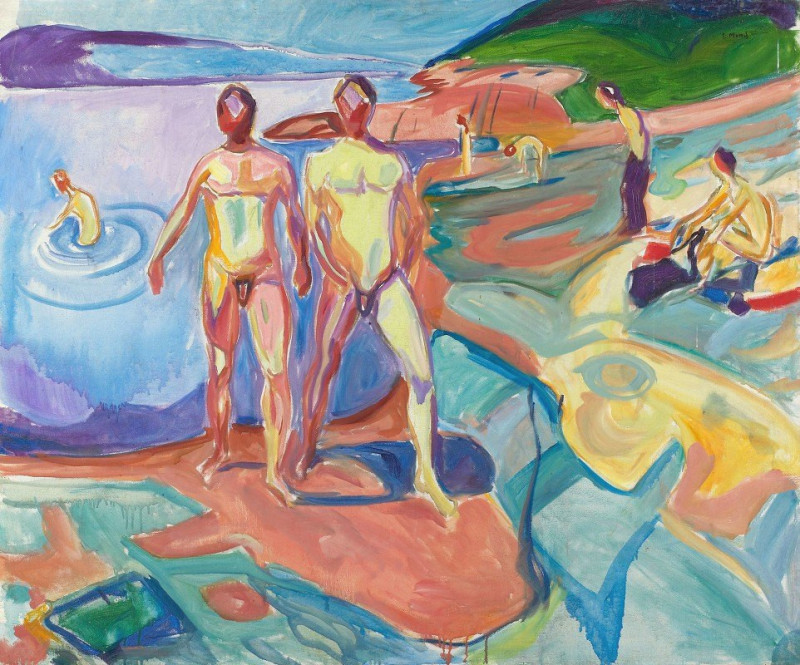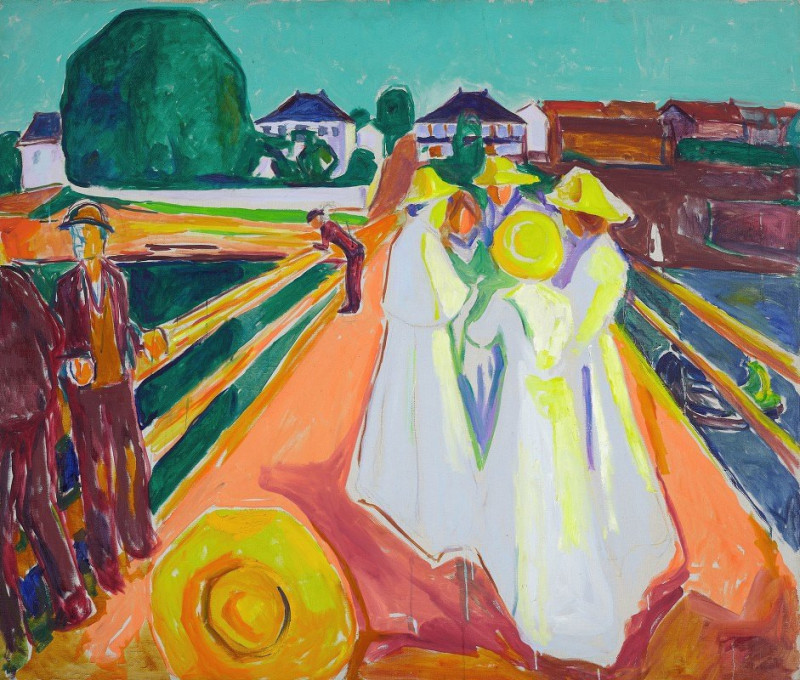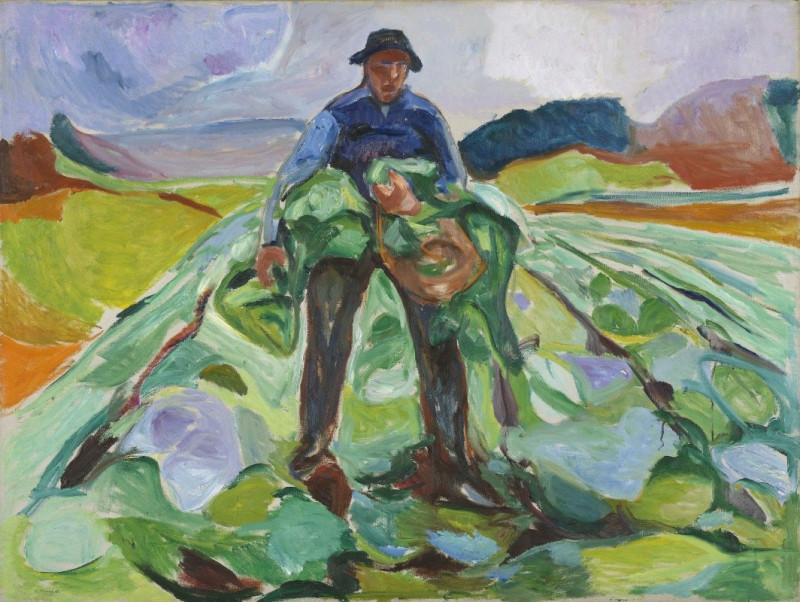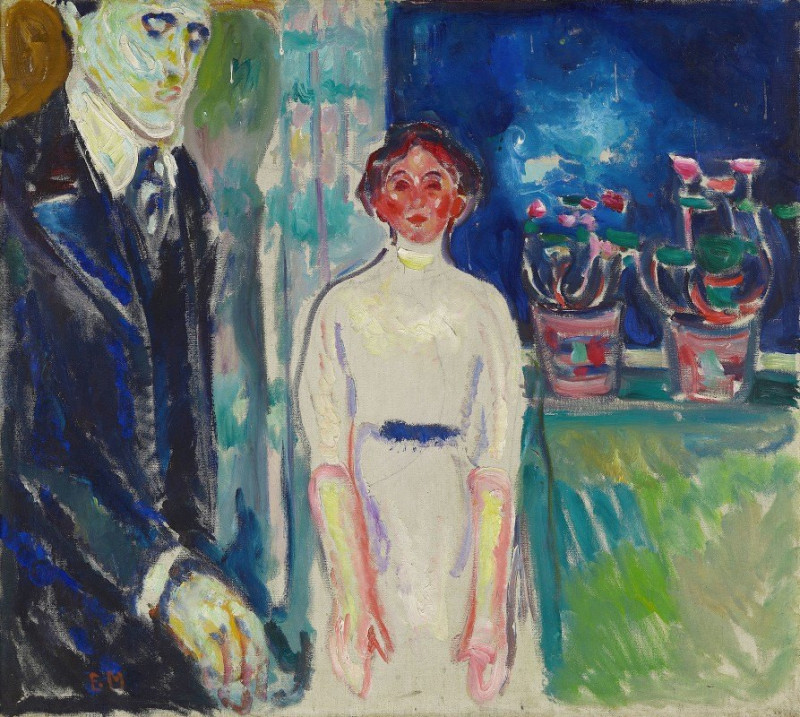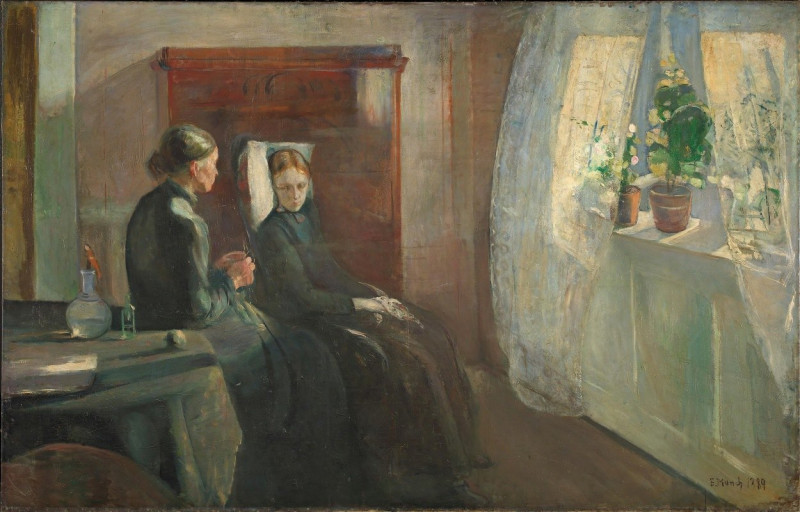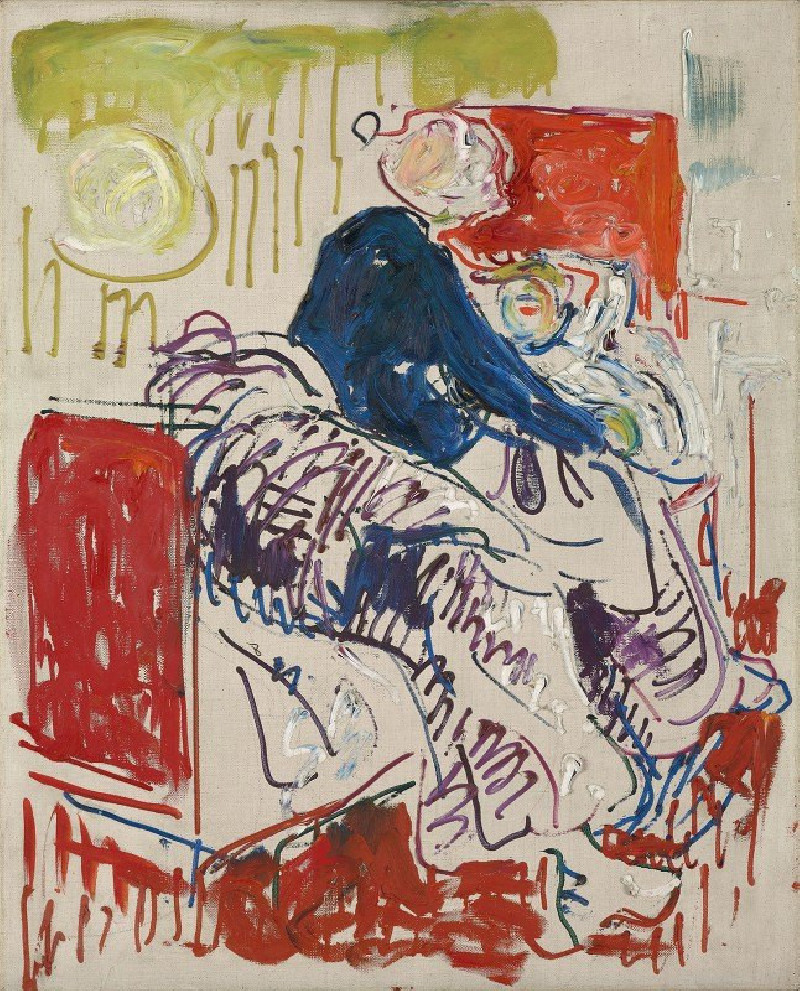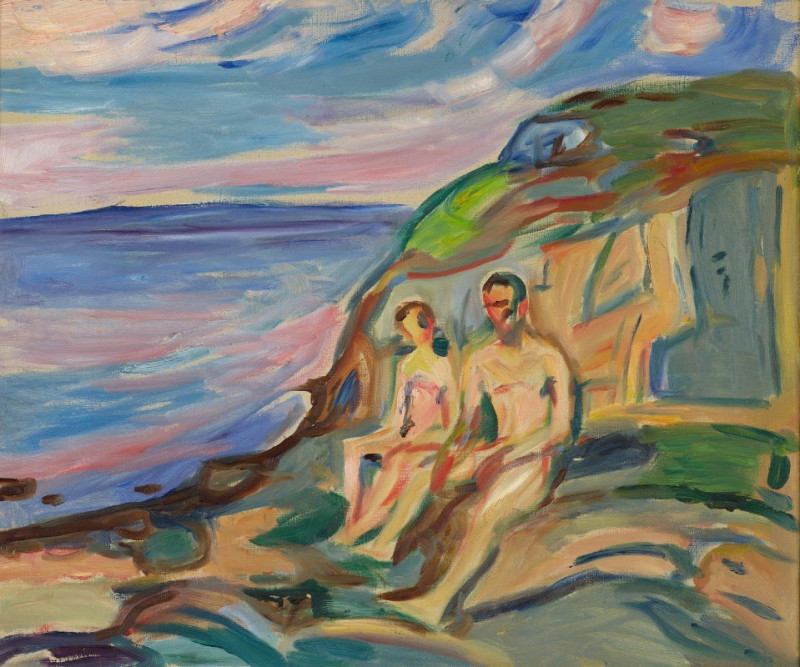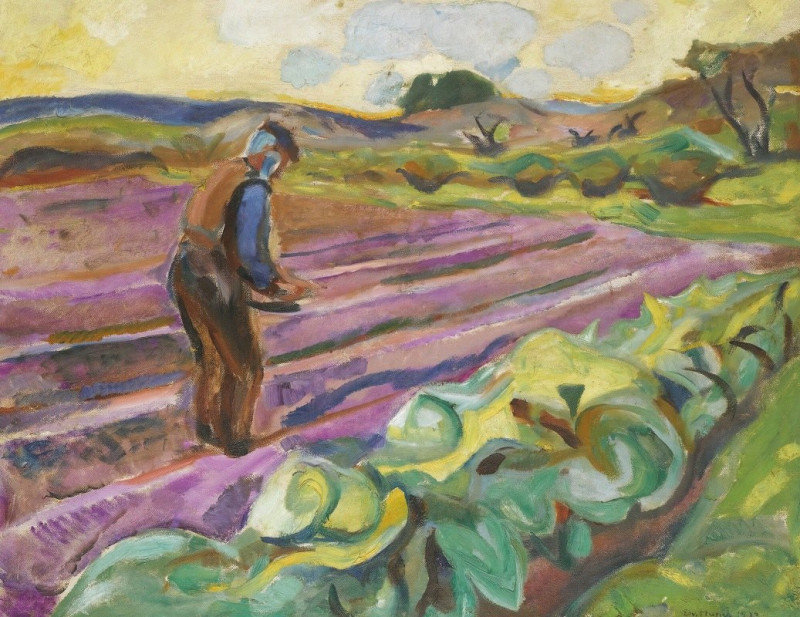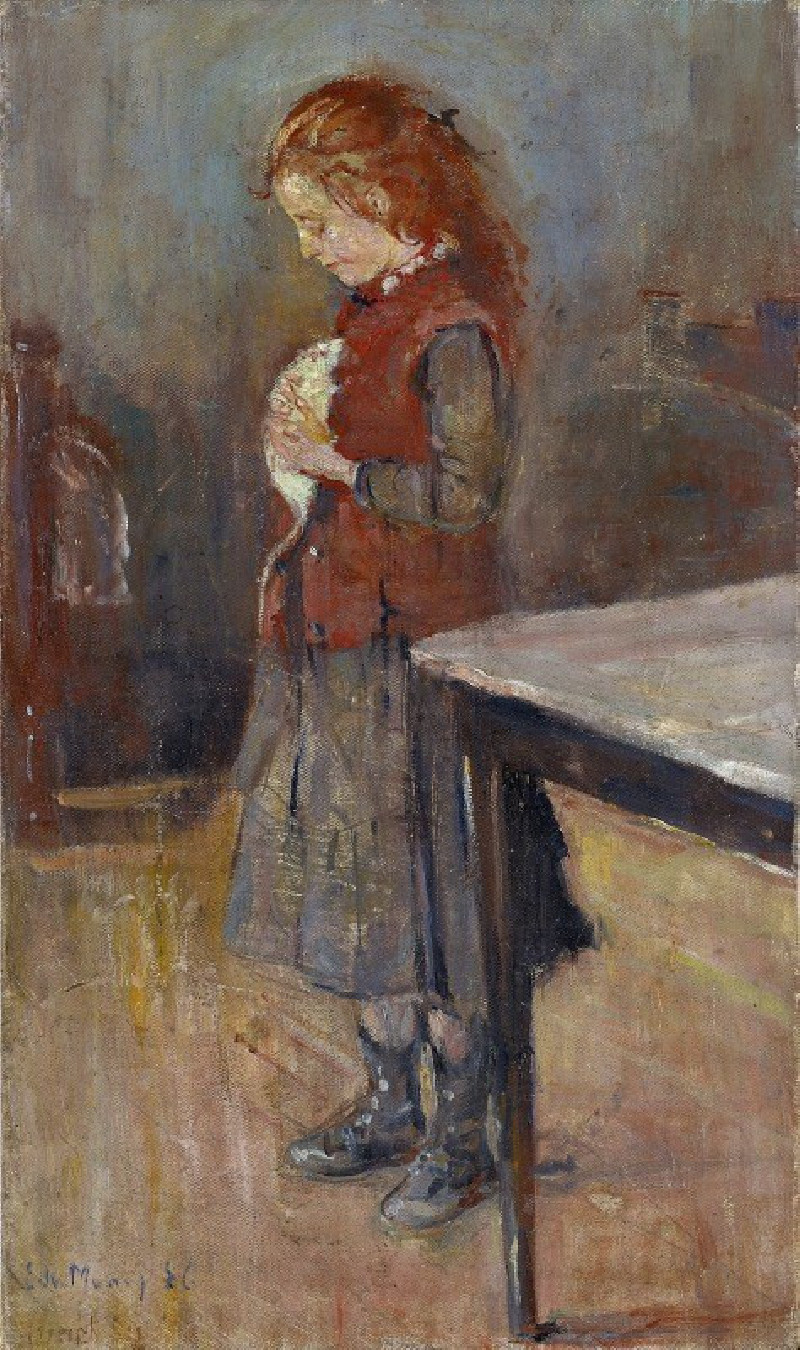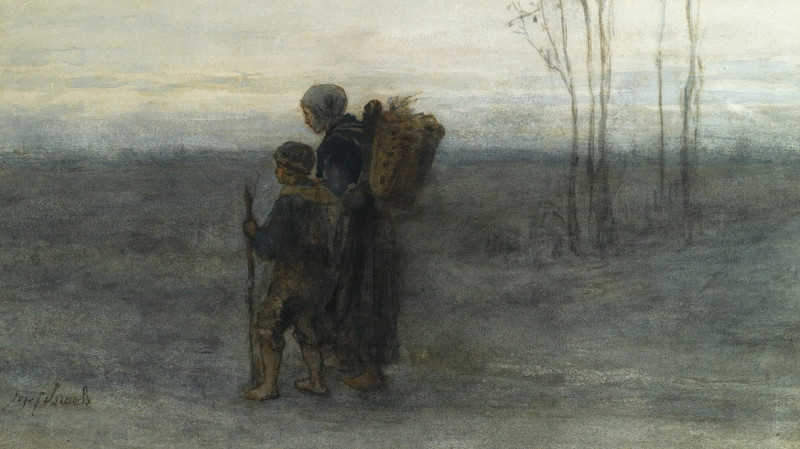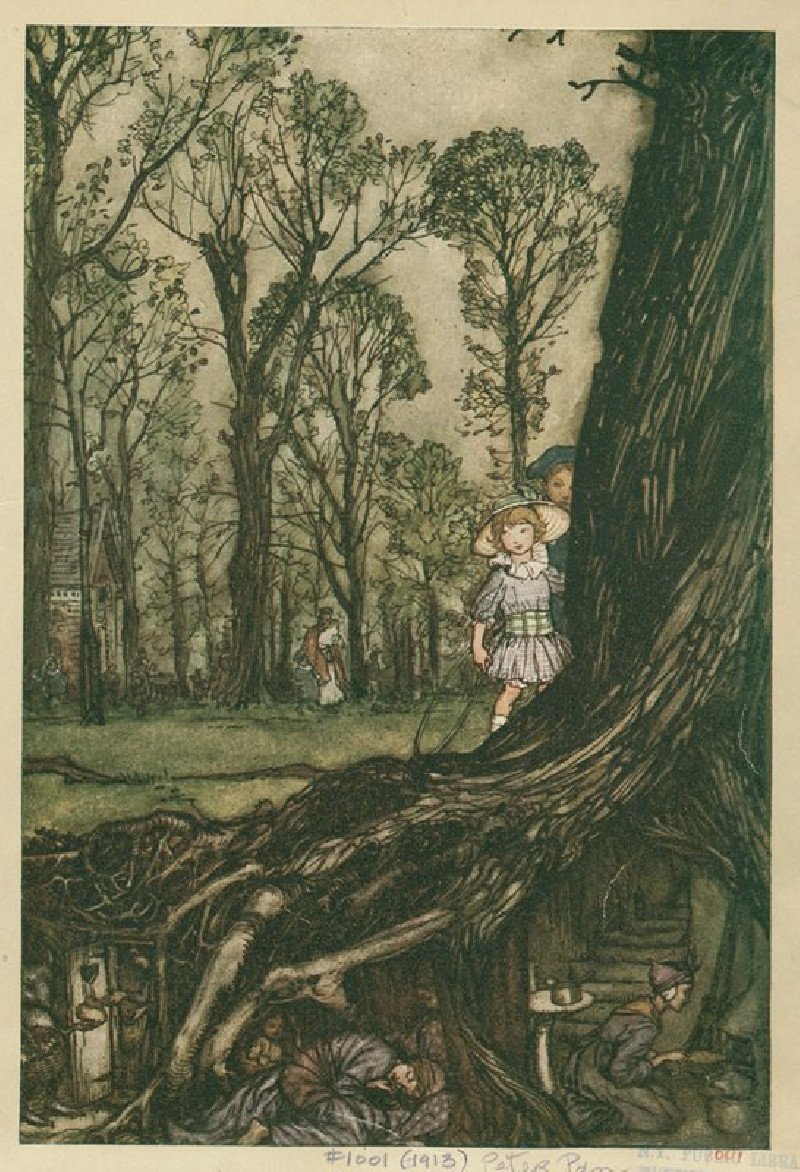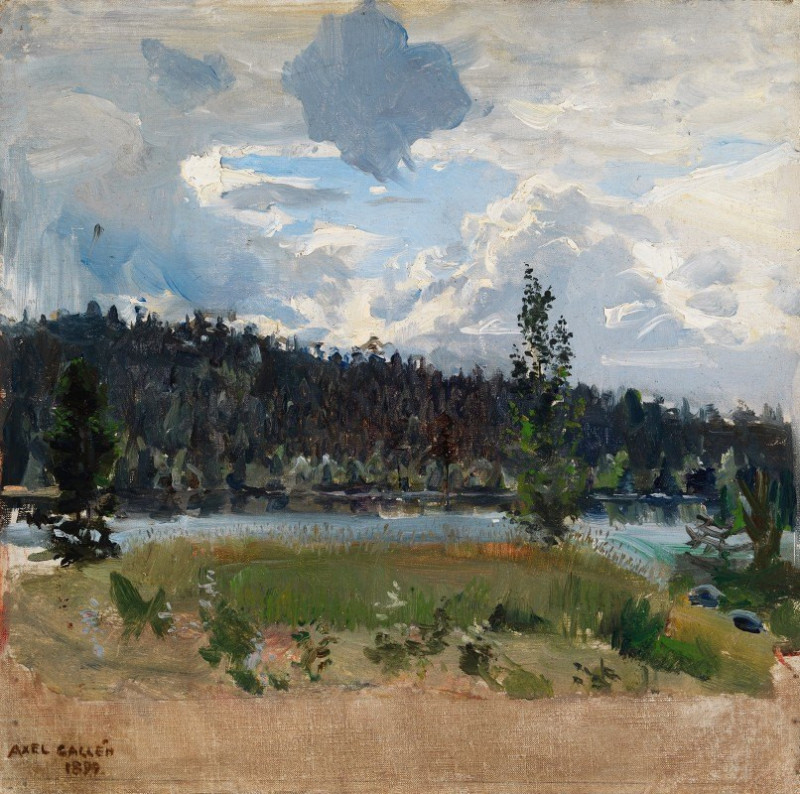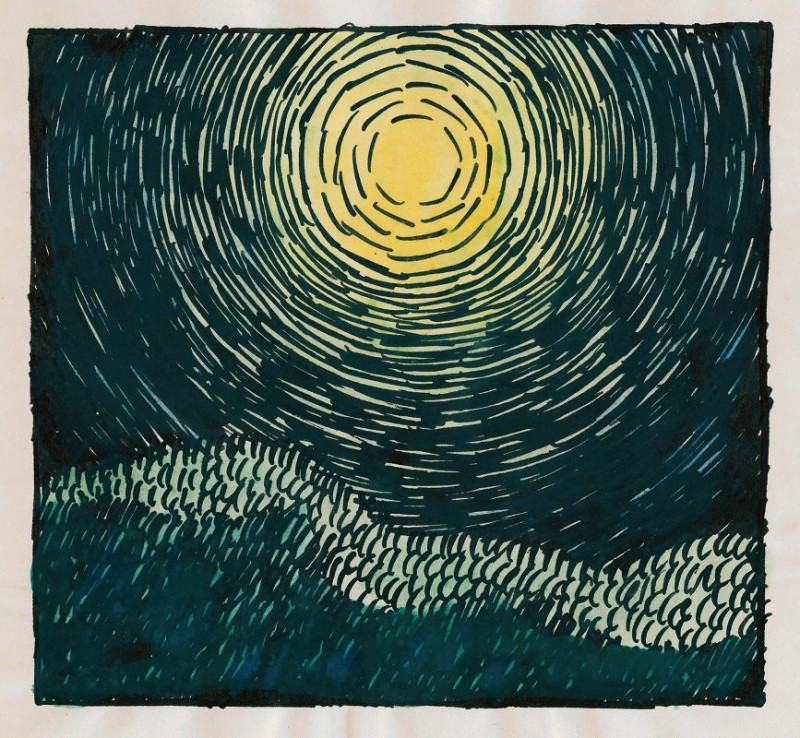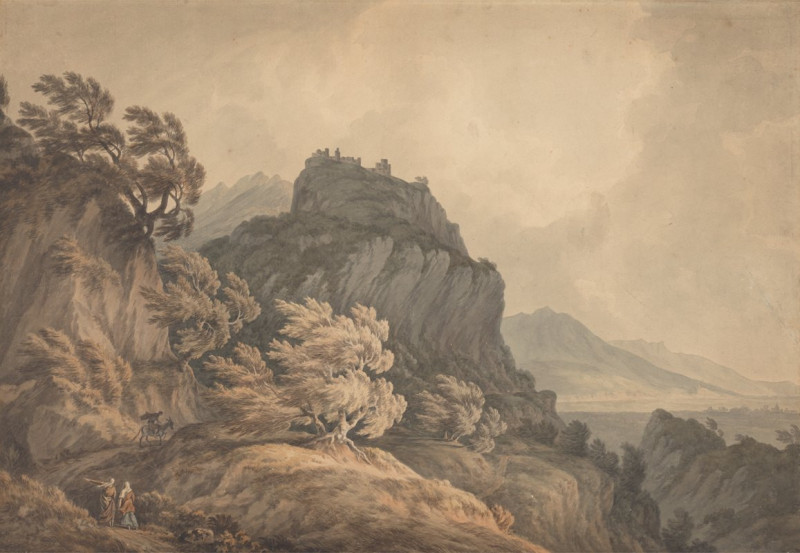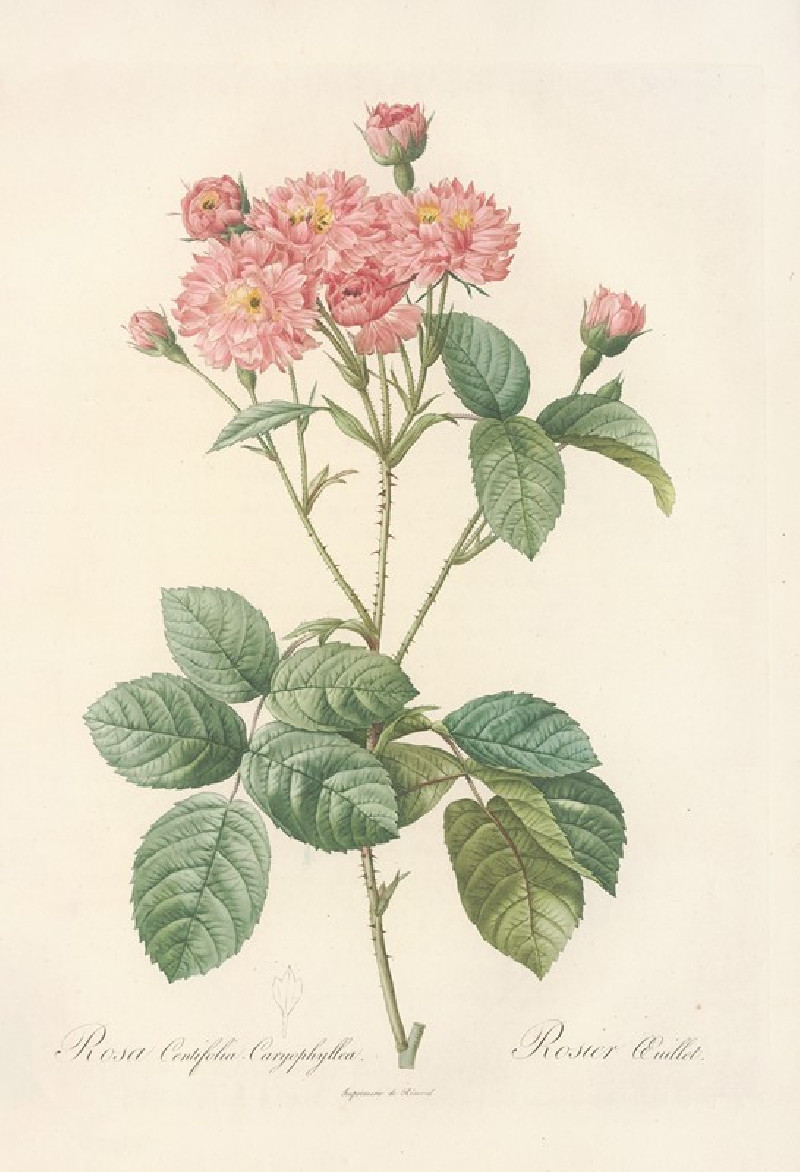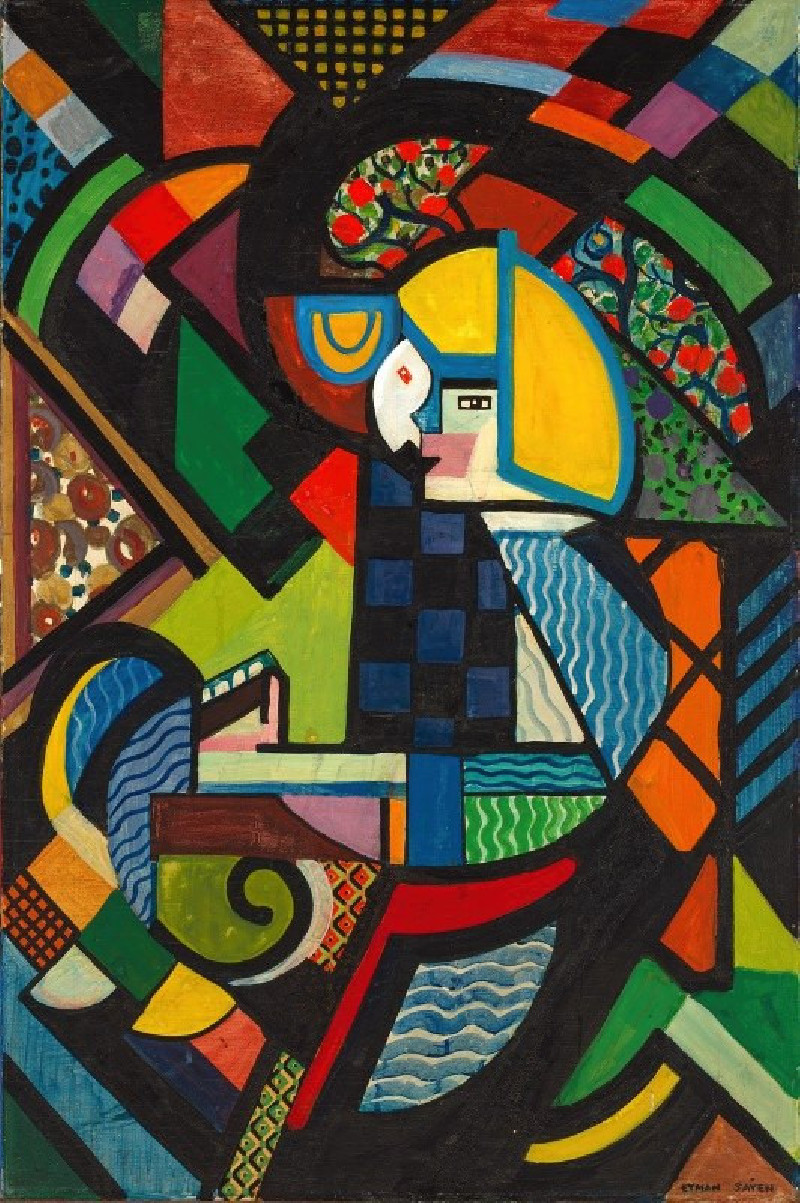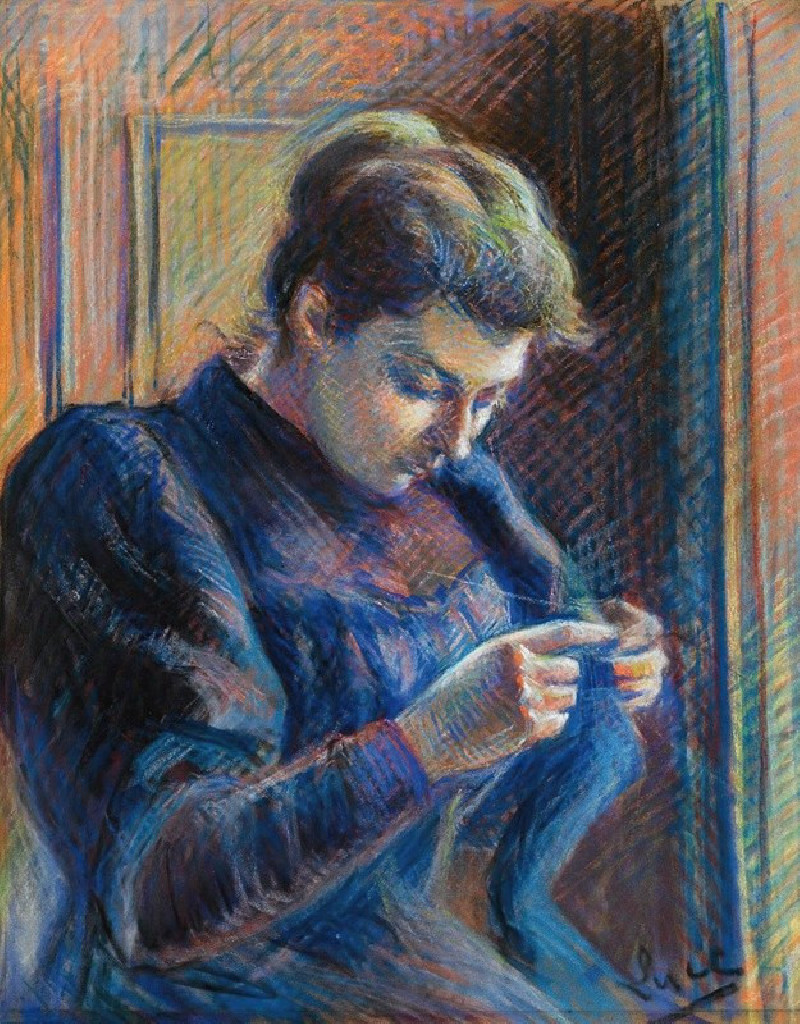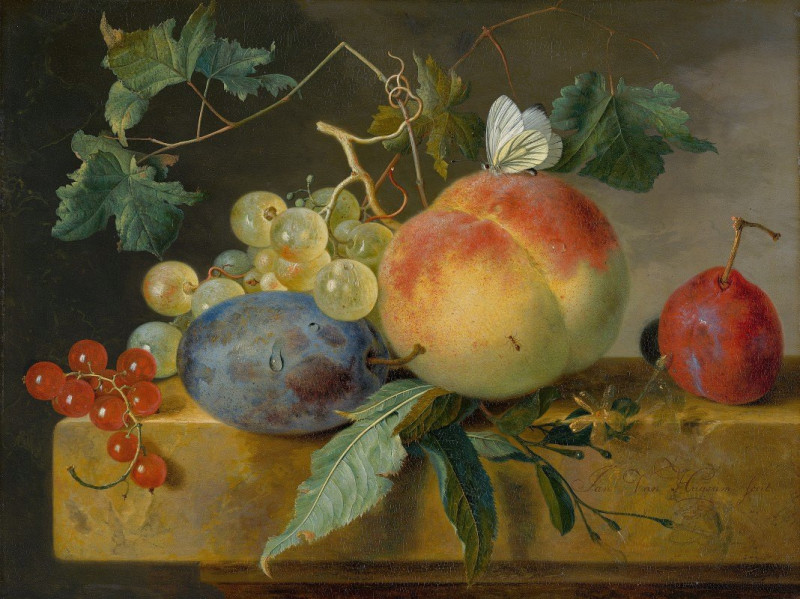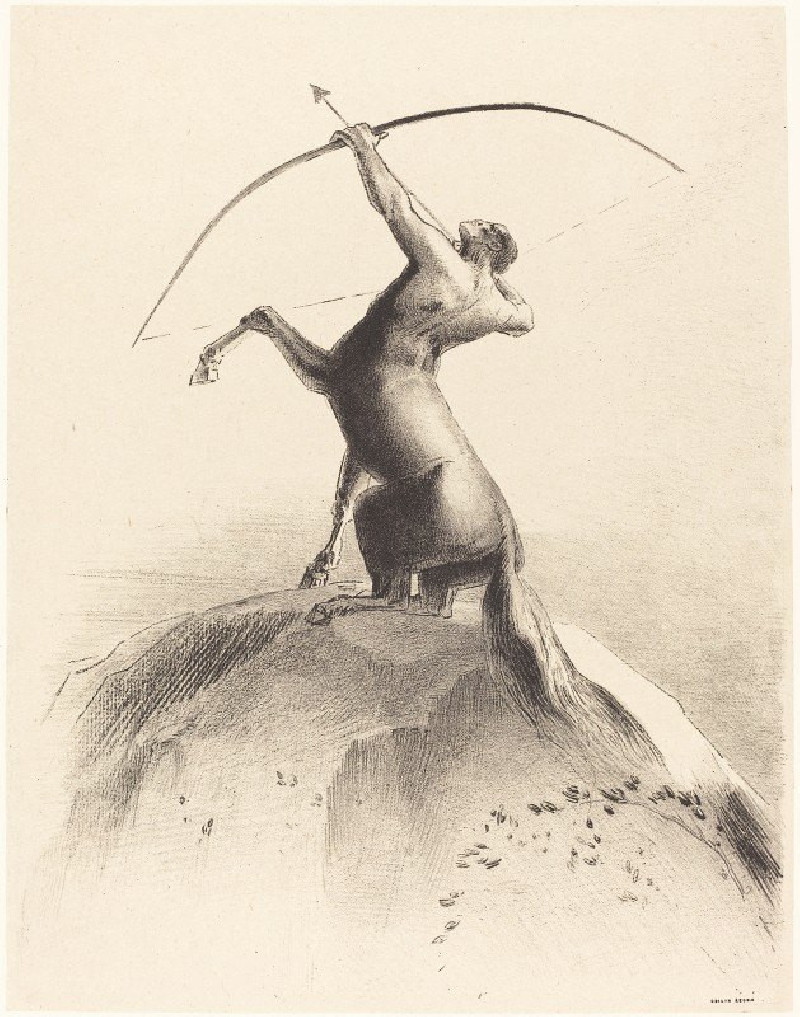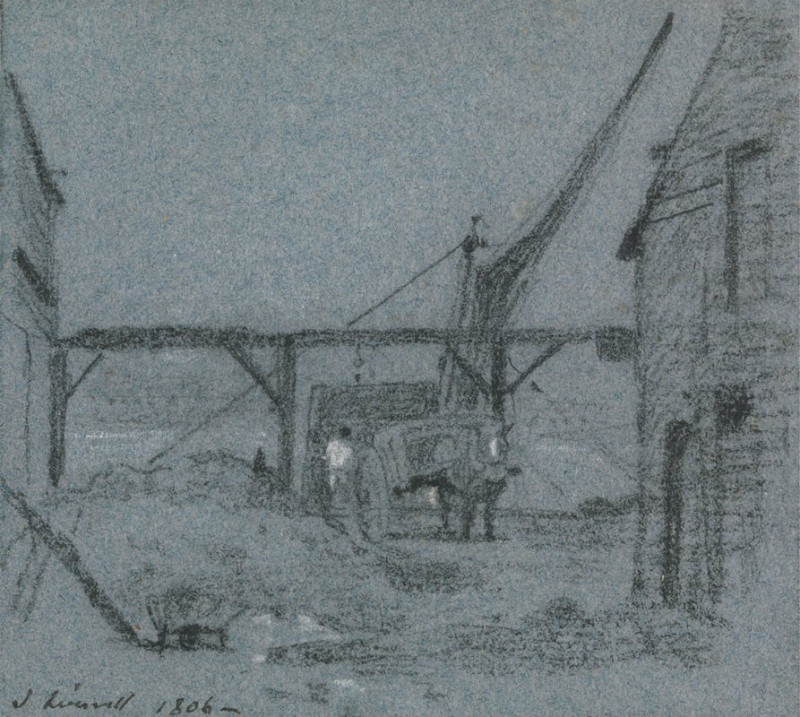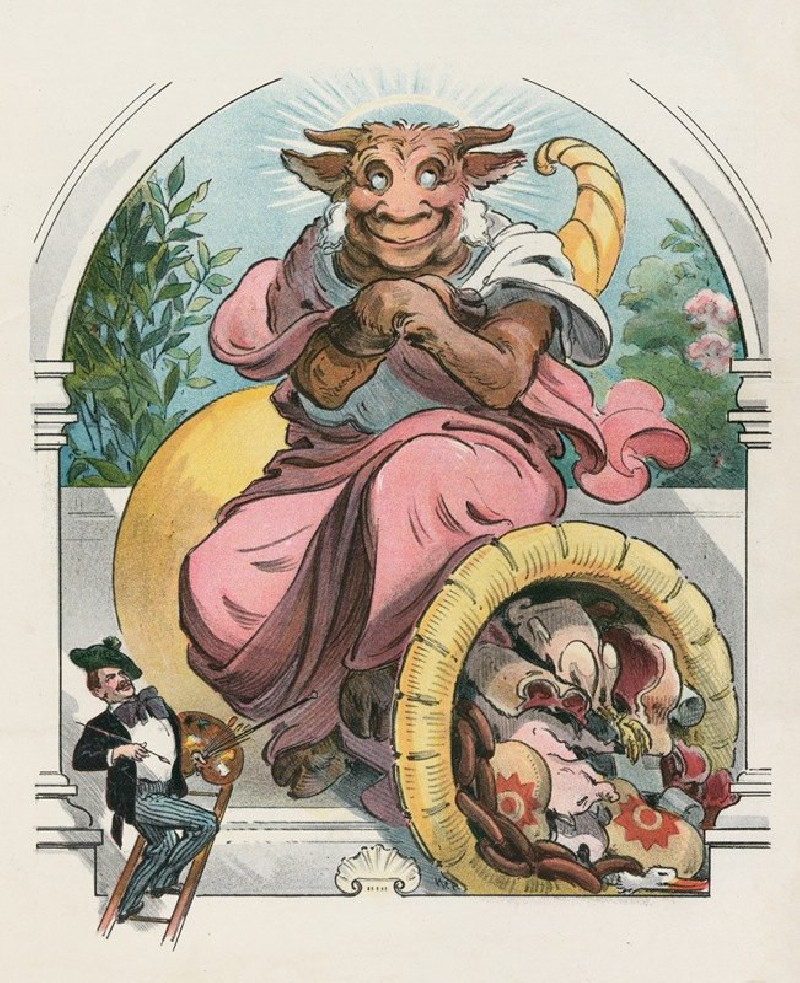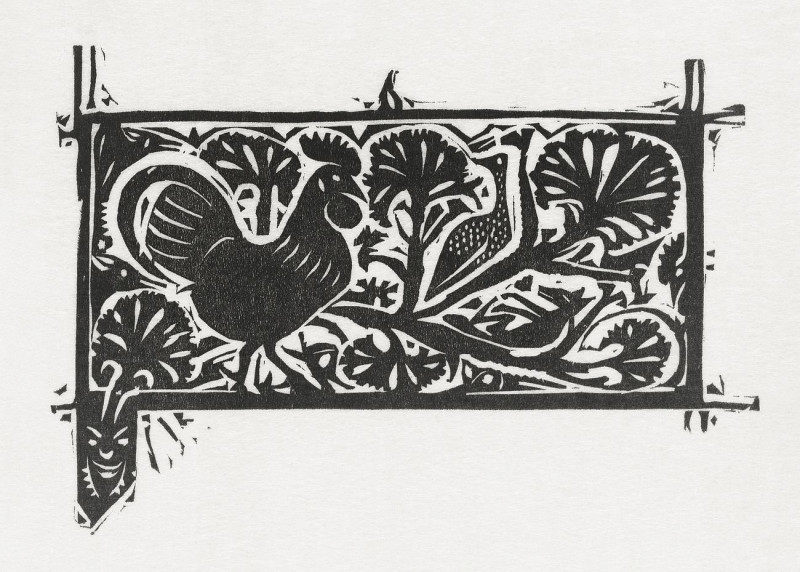The Hands (1895)
Technique: Giclée quality print
Recommended by our customers
More about this artwork
"The Hands" by Edvard Munch, created in 1895, is a strikingly evocative black and white lithograph that delves deeply into themes of anguish and human emotion, which are characteristic of Munch's work. The composition centers around a female figure, depicted with flowing, dark hair and cloaked primarily in shadows. She appears enshrouded or overwhelmed by multiple, ghostly pale hands that emerge around her from the background. These hands do not touch her, yet they powerfully convey a sense of intrusion and perhaps even psychological torment.The contrasting use of dark and light tones enhances the dramatic tension within the image. The hands, ethereal and almost disembodied, float around her head and body, adding a haunting, almost spectral quality to the scene. The woman's expression, though partially obscured, seems contemplative or resigned, suggesting an inner sorrow or fear.Overall, the image might be interpreted as a visualization of personal or existential dread, a theme Munch explored throughout his career, most famously in "The Scream." The encroaching hands can be seen as symbols of societal pressures, personal demons, or the overwhelming forces of fate and nature against which the individual feels powerless. This artwork, like much of Munch's work, uses powerful visual symbolism to explore the depths of the human psyche.
Delivery
Returns
Edvard Munch (12 December 1863 – 23 January 1944) was a Norwegian painter. His best known work, The Scream (1893), has become one of Western art's most iconic images.
His childhood was overshadowed by illness, bereavement and the dread of inheriting a mental condition that ran in the family. Studying at the Royal School of Art and Design in Kristiania (today's Oslo), Munch began to live a bohemian life under the influence of the nihilist Hans Jæger, who urged him to paint his own emotional and psychological state ('soul painting'); from this emerged his distinctive style.

